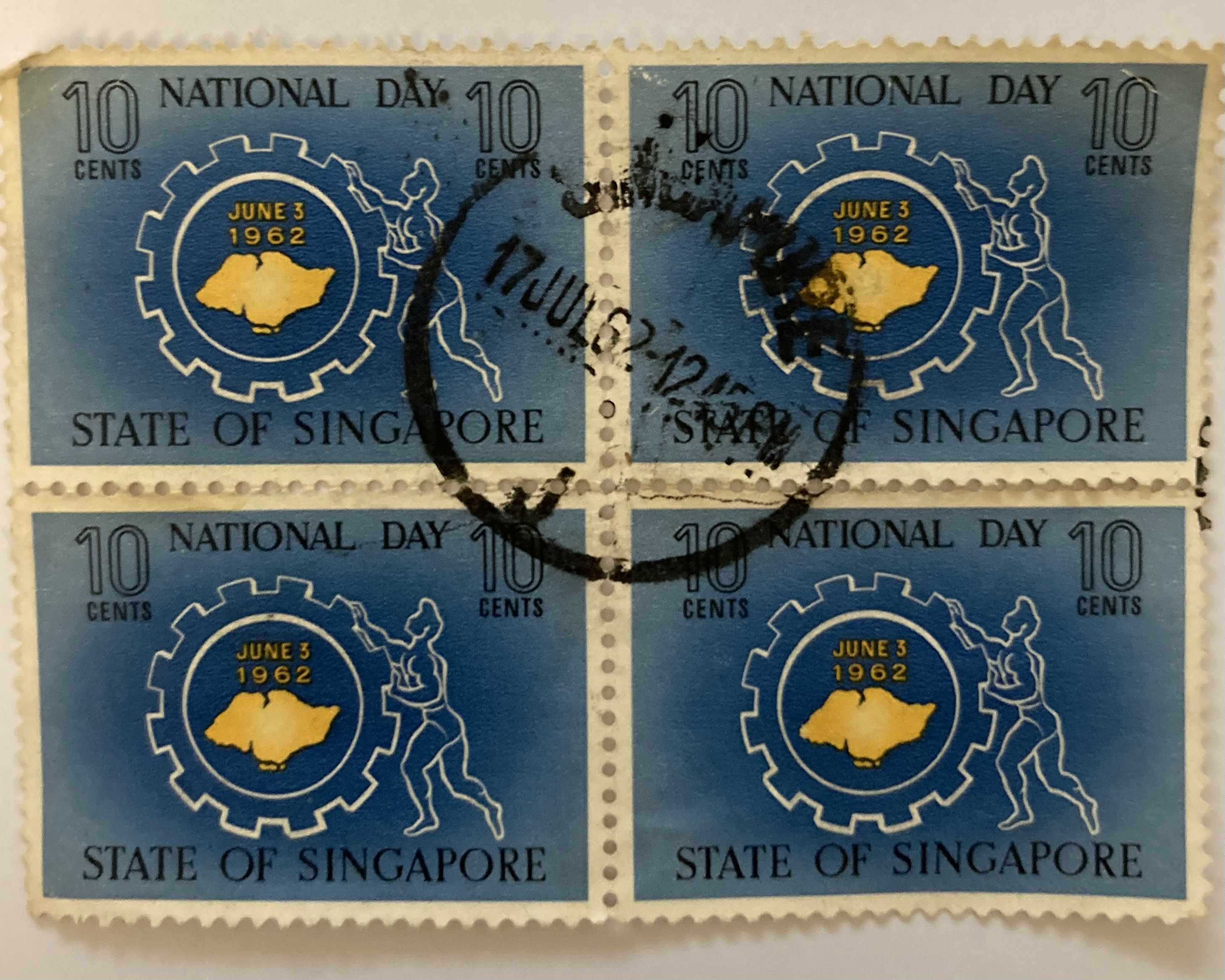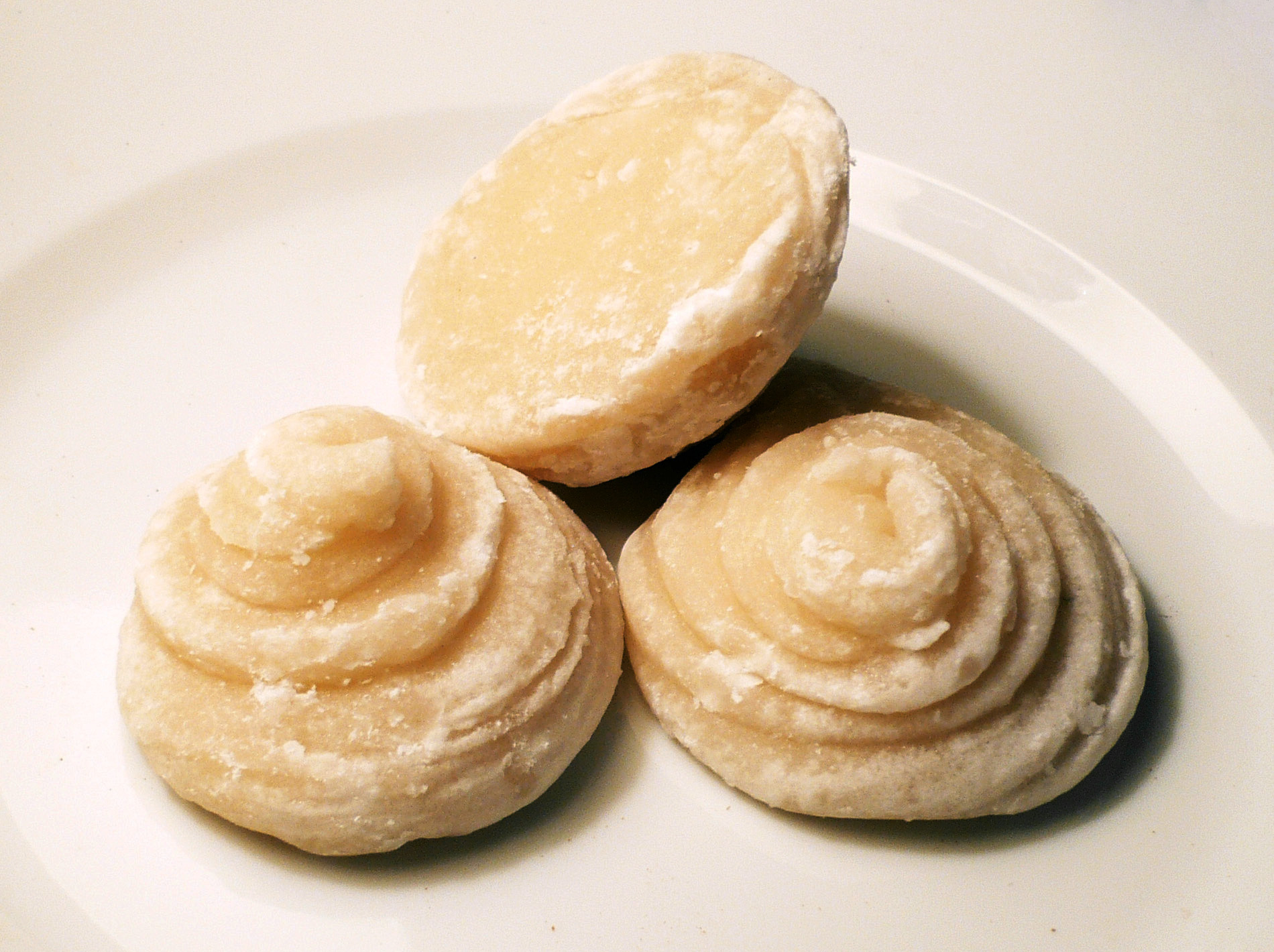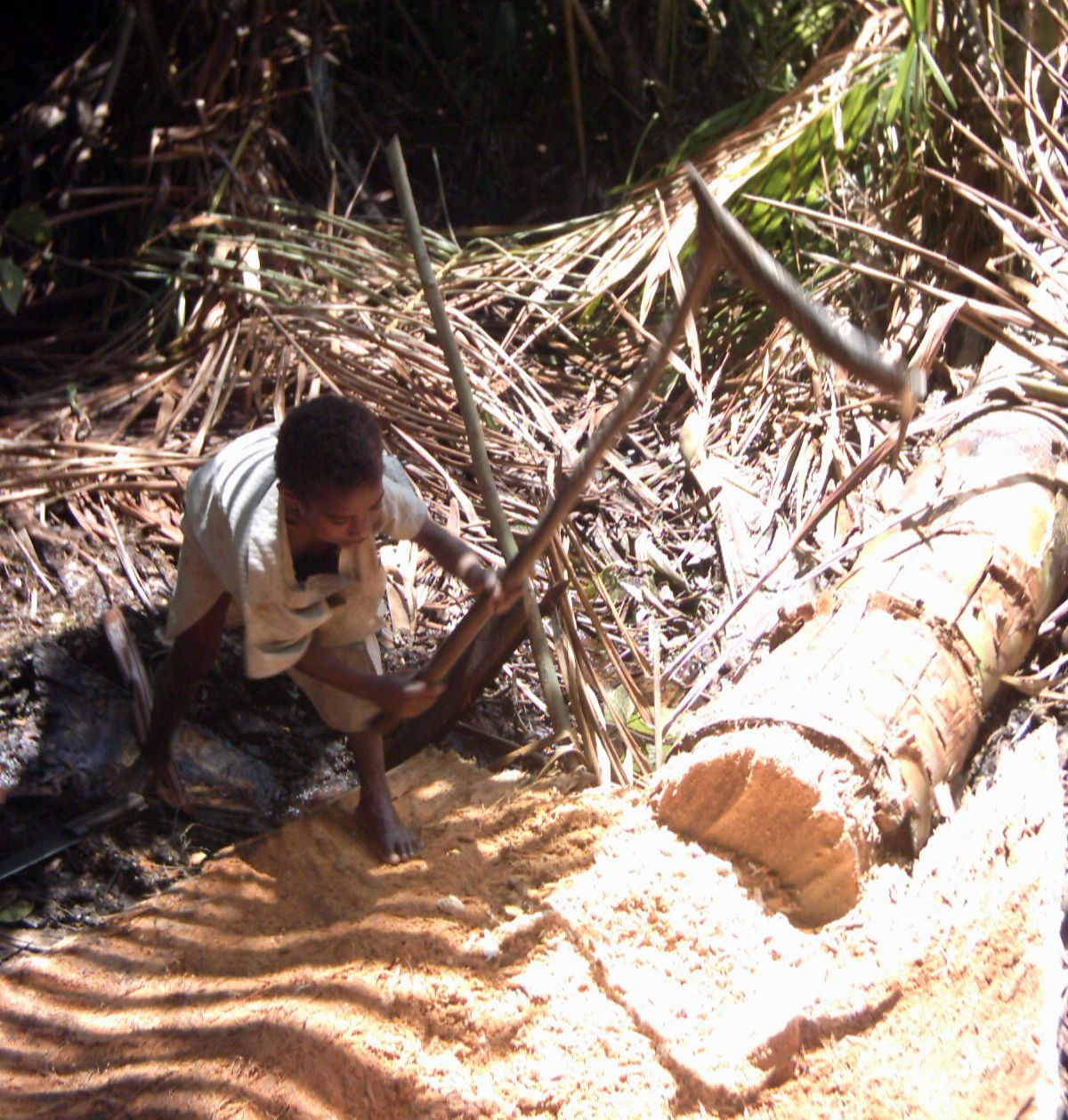|
Puan Noor Aishah
Noor Aishah binti Mohammad Salim (21 May 1933 – 22 April 2025), commonly known as Toh Puan Noor Aishah, was the wife of Yusof Ishak, the first president of Singapore. She took the role as First Lady of Singapore between 1965 and 1970. Background Noor Aishah was born in Selangor on 21 May 1933, and was adopted by Mohammad Salim Jusoh (born Barney Perkins) and Fatimah Ali. She grew up in a village in Penang, completing only two years of primary school due to the interruptions of World War II. Aged only 16, she married Yusof Ishak, 23 years her senior, on 20 November 1949. The two met three days before the wedding, having been introduced through a mutual acquaintance. After marrying in Penang, she returned with Yusof to Singapore. The couple had three children. She and her husband undertook the Hajj in 1963, while on a state visit to Saudi Arabia. She was known to frequently wear the kebaya. Noor Aishah died at the Singapore General Hospital on 22 April 2025, at the age of 9 ... [...More Info...] [...Related Items...] OR: [Wikipedia] [Google] [Baidu] [Amazon] |
Her Excellency
Excellency is an honorific style (manner of address), style given to certain high-level officers of a sovereign state, officials of an international organization, or members of an aristocracy. Once entitled to the title "Excellency", the holder usually retains the right to that courtesy throughout their lifetime, although in some cases the title is attached to a particular office and is held only during tenure of that office. Generally people addressed as ''Excellency'' are heads of state, heads of government, governors, ambassadors, Roman Catholic bishops, high-ranking ecclesiastics, and others holding equivalent rank, such as heads of international organizations. Members of royal families generally have distinct addresses such as Majesty, Highness, etc.. While not a title of office itself, the honorific ''Excellency'' precedes various titles held by the holder, both in speech and in writing. In reference to such an official, it takes the form ''His'' or ''Her Excellency''; in ... [...More Info...] [...Related Items...] OR: [Wikipedia] [Google] [Baidu] [Amazon] |
Mothership (website)
Mothership is a digital media company that operates in Singapore. It was founded in August 2013 and its website officially launched in February 2014. History Mothership was started in 2013 as a socio-political blog for young Singaporeans. The timing of its conception coincided with a period of political and social change in Singapore following the watershed elections of 2011. Mothership's "48 reasons why you still feel for Singapore" was published in August 2013 when the site was in beta. It crashed their servers for two hours after being shared widely. In February 2014, the website was officially launched. It was funded by social enterprise Project Fishermen, which is chaired by former senior civil servant, Philip Yeo. Former foreign minister of Singapore, George Yeo, is its non-executive advisor. On 2 April 2014, the website registered for a class license issued under the Broadcasting Act. After the Media Development Authority had introduced a new framework for websites ... [...More Info...] [...Related Items...] OR: [Wikipedia] [Google] [Baidu] [Amazon] |
Singapore Red Cross
The Singapore Red Cross (SRC), formally the Singapore Red Cross Society, is a humanitarian aid and community services charity in Singapore. The SRC is a national member of the International Federation of Red Cross and Red Crescent Societies (IFRC) and International Committee of the Red Cross (ICRC) and forms a part of the International Red Cross and Red Crescent Movement. The SRC provides a range of services and programmes including international aid across the Asia-Pacific region, international humanitarian law advocacy, emergency management, blood donation and community services for the youth, families, the elderly, and persons with disabilities. The organisation traces its history back to when it was established on 30 September 1949 as part of the British Red Cross Society as the Singapore Branch of the British Red Cross. It was officially incorporated by the Parliament of Singapore on 6 April 1973 and was appointed as the National Blood Donor Recruiter by the Health Scienc ... [...More Info...] [...Related Items...] OR: [Wikipedia] [Google] [Baidu] [Amazon] |
National Day (Singapore)
National Day,; sometimes known internationally as Singapore Independence Day,; is a major public holiday in Singapore which commemorates an independent and sovereign state, sovereign Republic of Singapore. Held on Independence of Singapore Agreement 1965, 9 August since 1965, this holiday features the Singapore National Day Parade, National Day Parade (NDP), a National Day Message by the Prime Minister of Singapore and Singapore Fireworks Celebrations, fireworks celebrations, among other festivities. History Date of National Day 1960–1963 Singapore initially had a different date for National Day prior to 9 August, when it commemorated 3 June after achieving full internal self-governance from the United Kingdom in 1959. Between 1960 and 1963, Singapore celebrated National Day on 3 June to mark this occasion and the end of colonial rule. Festivities National Day Parade The Singapore National Day Parade is a national ceremony that is usually held at The Float @ Marina Ba ... [...More Info...] [...Related Items...] OR: [Wikipedia] [Google] [Baidu] [Amazon] |
Nasi Ulam
''Nasi ulam'' is a traditional Indonesian and Malaysian dish of steamed rice (''nasi'') served with various herbs and vegetables ('' Ulam (salad)''). The herbs used are mostly the leaves of ''pegagan'' ('' Centella asiatica''), though they can also be replaced with ''kemangi'' (lemon basil), vegetables, and spices, accompanied with various side dishes. This dish is a feature of Betawi and Malay cuisine with many variations and is commonly found in Indonesia, Malaysia, Singapore, and southern Thailand. Nasi ulam is often served with ''sambal'' chilli paste. History Nasi ulam is a typical Betawi mixed rice. Nasi ulam is a cross of several culinary cultures that influence the variant of the nasi ulam and its side dishes. Some say that white rice topped with coconut serundeng (''ulam'') and peanuts is an Indian influence. In Indonesia, Nasi Ulam is not only found in Jakarta but also Sumatra and Bali. ''Ulam'' in Betawi language is the name for serundeng from grated coconut, ... [...More Info...] [...Related Items...] OR: [Wikipedia] [Google] [Baidu] [Amazon] |
Gula Melaka
Palm sugar is a sweetener derived from any variety of palm tree. Palm sugar may be qualified by the type of palm, as in coconut palm sugar. While sugars from different palms may have slightly different compositions, all are processed similarly and can be used interchangeably. Types The predominant sources of palm sugar are the Palmyra, date, nipa, aren, and coconut palms. The Palmyra palm (''Borassus'' spp.) is grown in Africa, Asia, and New Guinea. The tree has many uses, such as thatching, hatmaking, timber, a writing material, and in food products. Palm sugar is produced from sap (toddy) from the flowers. There are two species of date palm that produce palm sugar: ''Phoenix dactylifera'' and '' P. sylvestris''. ''P. dactylifera'' is common in the Mediterranean and Middle East, while ''P. sylvestris'' is native to Asia, mainly Pakistan and India. Date palms are cultivated mainly for dates and palm sugar is made from the tree's sap. The nipa palm (''Nypa fruticans ... [...More Info...] [...Related Items...] OR: [Wikipedia] [Google] [Baidu] [Amazon] |
Sago
Sago () is a starch extracted from the pith, or spongy core tissue, of various tropical palm stems, especially those of ''Metroxylon sagu''. It is a major staple food for the lowland peoples of New Guinea and the Maluku Islands, where it is called ''saksak'', ''rabia'' and ''sagu''. The largest supply of sago comes from Melanesia region, particularly Eastern Indonesia. Large quantities of sago are sent to Europe and North America for cooking purposes. It is traditionally cooked and eaten in various forms, such as rolled into balls, mixed with boiling water to form a glue-like paste (Papeda (food), papeda), or as a pancake. Sago is often produced commercially in the form of "pearls" (small rounded starch aggregates, partly Starch gelatinization, gelatinized by heating). Sago pearls can be boiled with water or milk and sugar to make a sweet sago pudding. Sago pearls are similar in appearance to the pearled starches of other origin, e.g. cassava starch (tapioca) and potato starch ... [...More Info...] [...Related Items...] OR: [Wikipedia] [Google] [Baidu] [Amazon] |
Kuih
''Kuih'' ( Jawi: ; Indonesian: ; derived from the Hokkien and Teochew ''kueh'' – ) are bite-sized snack or dessert foods commonly found in Southeast Asia, Taiwan, and China. It is a fairly broad term which may include items that would be called cakes, cookies, dumplings, pudding, biscuits, or pastries in English and are usually made from rice or glutinous rice. In China, where the term originates from, ''kueh'' or () in the Min Nan languages (known as in Mandarin) refers to snacks which are typically made from rice but can occasionally be made from other grains such as wheat. The term is widely used in Malaysia, Brunei, and Singapore, ''kueh'' is used in Singapore and Indonesia, is used in Indonesia only, all three refer to sweet or savoury desserts. Similar snacks are found throughout Southeast Asia, including the Burmese '' mont'', Filipino '' kakanin'', Thai '' khanom'' and Vietnamese . For example, the colourful steamed and the rich are also available in M ... [...More Info...] [...Related Items...] OR: [Wikipedia] [Google] [Baidu] [Amazon] |
Epok-epok
A curry puff (; Jawi: ; ; , , ) is a snack of Southeast Asian origin. It is a small turnover containing a filling of curry, often of chicken and potatoes, in a fried or baked pastry shell. The consistency of the curry is quite thick to prevent it from oozing out of the snack. ''Pap'' or ''puff'' reflects the Fujian Chinese dialect (''pop''), which means 'bubble, blister, puffed'. It contains influences from Indian, Malay and Chinese cuisines. Many variations of the snack exist throughout Southeast Asia and India, where it is a popular snack food. Although its origins are uncertain, the snack is believed to have developed in maritime Southeast Asia due in part to the various influences of the British Cornish pasty, the Portuguese empanada and the South Asian samosa during the colonial era. The curry puff is one of several "puff"-type pastries with different fillings, though now it is by far the most common. Other common varieties include eggs, sardines, root vegetables and o ... [...More Info...] [...Related Items...] OR: [Wikipedia] [Google] [Baidu] [Amazon] |
Rendang
Rendang is a fried meat or dry curry made of meat stewed in coconut milk and spices, widely popular across Brunei, Indonesia, Malaysia, Singapore, and the Philippines, where each version is considered local cuisine. It refers to both a cooking method of frying and the dish cooked in that way. The process involves slowly cooking meat in spiced coconut milk in an uncovered pot or pan until the oil separates, allowing the dish to fry in its own sauce, coating the meat in a rich, flavorful glaze. Rooted in Malay and Minangkabau, rendang developed at the cultural crossroads of the Malacca Strait. The dish carries strong Indian influences, as many of its key ingredients are staples in Indian cooking. The introduction of chili peppers by the Portuguese through the Columbian exchange after the capture of Malacca in 1511, played a key role in the evolution of rendang. Malay and Minangkabau traders frequently carried rendang as provisions, allowing the dish to travel naturally through c ... [...More Info...] [...Related Items...] OR: [Wikipedia] [Google] [Baidu] [Amazon] |
The Istana
The Istana (from the Malay word for "palace") is the official residence and office of the president of Singapore. The palace is open to the public during scheduled public holidays and is where the president receives and entertains state guests. The Istana is also the office of the prime minister of Singapore and contains Sri Temasek, the official residence of the prime minister since Singapore's independence in 1965, though none of the prime ministers have ever lived there. The estate was once part of the extensive nutmeg plantation of Mount Sophia. In 1867, the British colonial government acquired the land and built a mansion to be the official home of the British governor. This continued until 1959 when Singapore was granted self-governance, and the governor was replaced by the '' Yang di-Pertuan Negara'', who was in turn replaced by the President of Singapore. History Post World War II The building continued to be used by governors of the newly created Crown Colony of ... [...More Info...] [...Related Items...] OR: [Wikipedia] [Google] [Baidu] [Amazon] |
Funeral Prayer (Islam)
() is the name of the special prayer that accompanies an Islamic funeral. It is performed in congregation to seek pardon for the deceased and all dead Muslims, and is a collective obligation () upon all able-bodied Muslims; if some Muslims take the responsibility of conducting the prayer, then the obligation is fulfilled, but all Muslims will be accountable if this obligation is not fulfilled by anyone. Consensus on performing the funeral prayer when the body is not present varies among Islamic schools of thought. It is generally not permitted by the Hanafi and Maliki schools, is permitted in the Hanbali school, and is recommended in the Shafi'i school. Description It is preferable that those praying divide themselves into odd rows with one person as an imam standing alone in front and while facing the qiblah. The body is placed in front of the Imam. If there is more than one body, then these should be put in front of the other. The spoken part of the prayer involves quiet ... [...More Info...] [...Related Items...] OR: [Wikipedia] [Google] [Baidu] [Amazon] |





